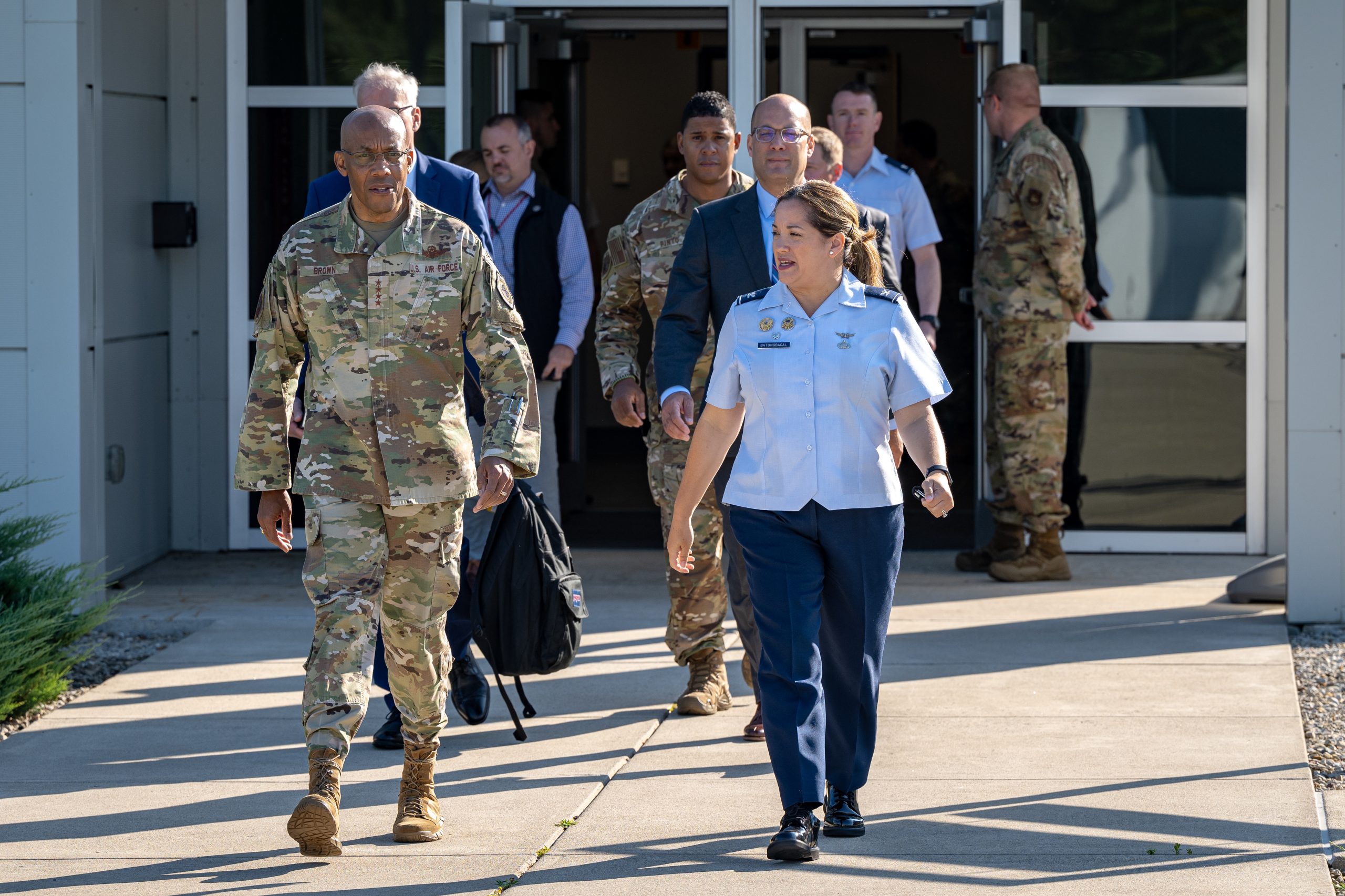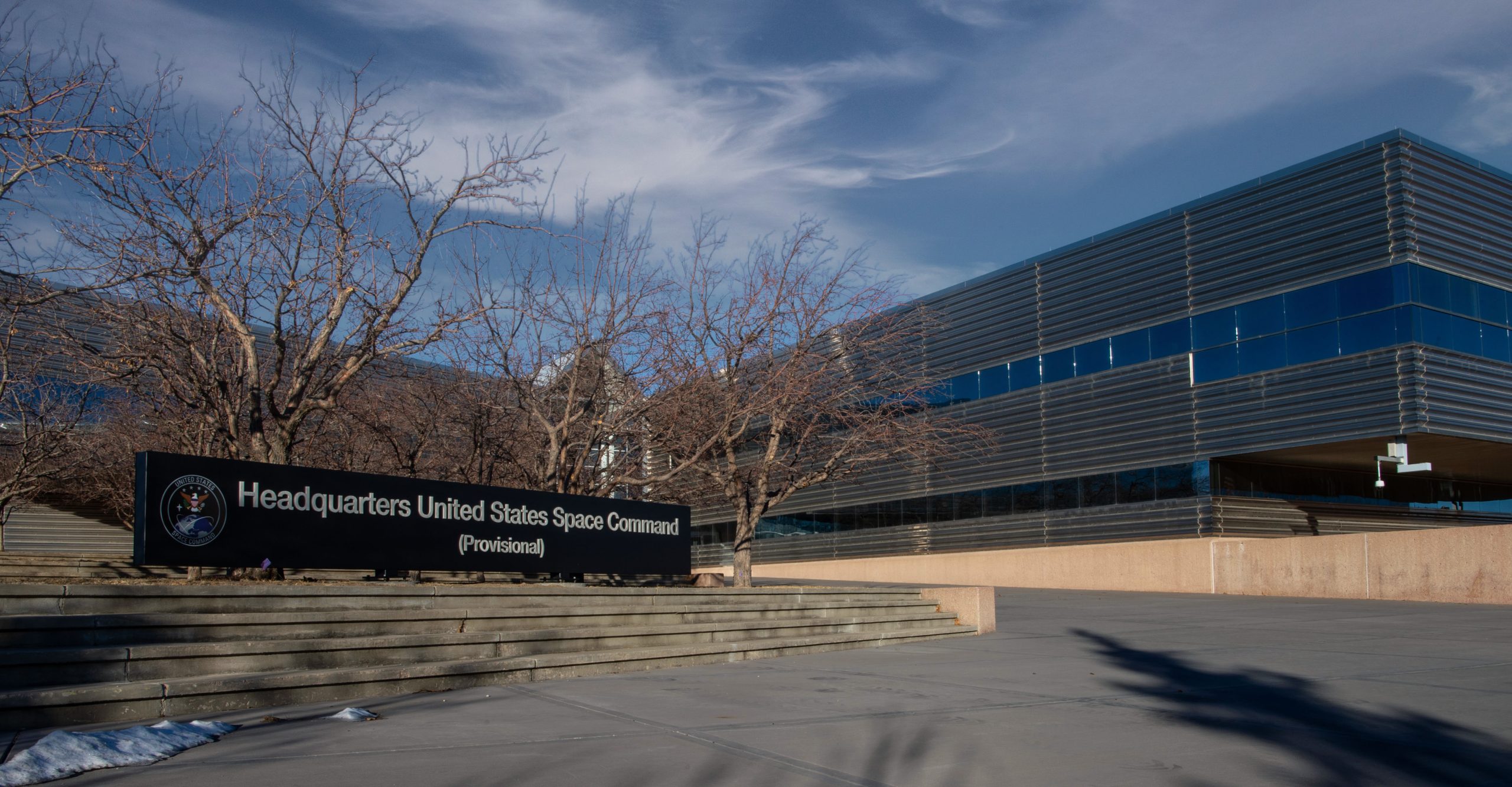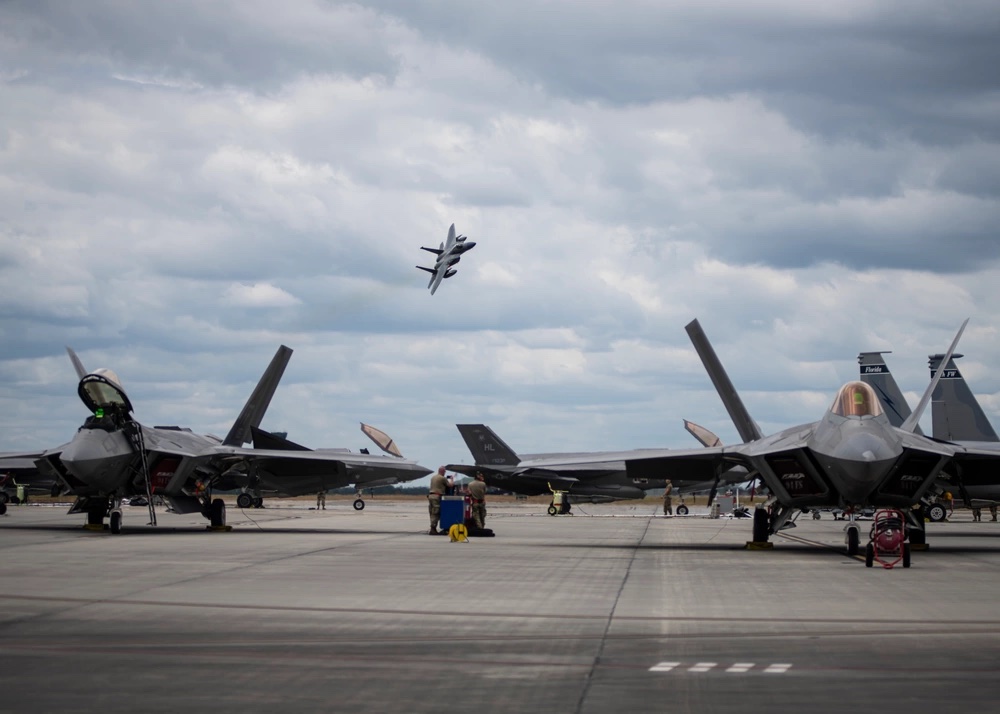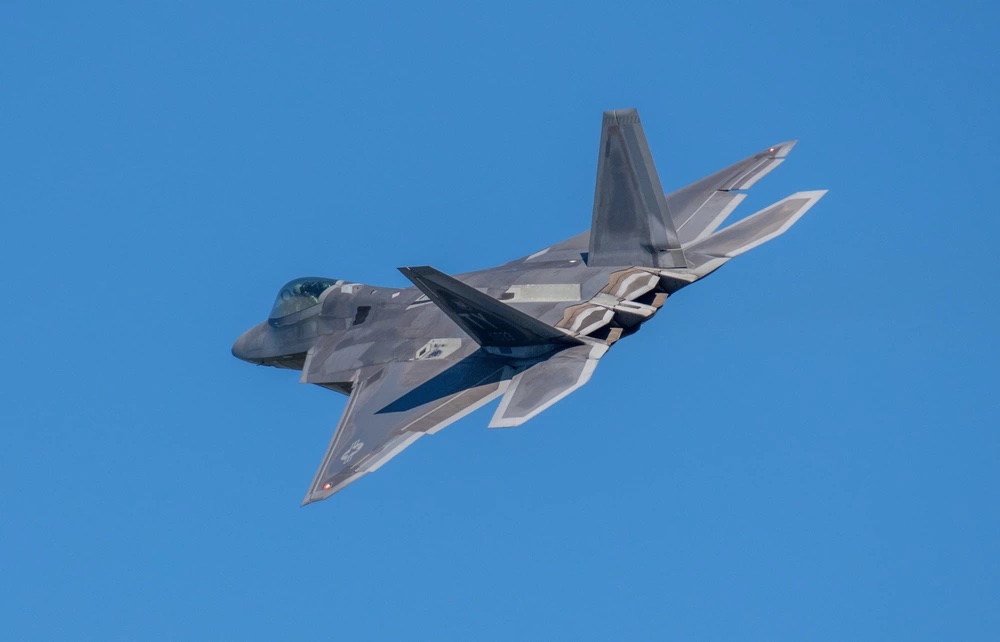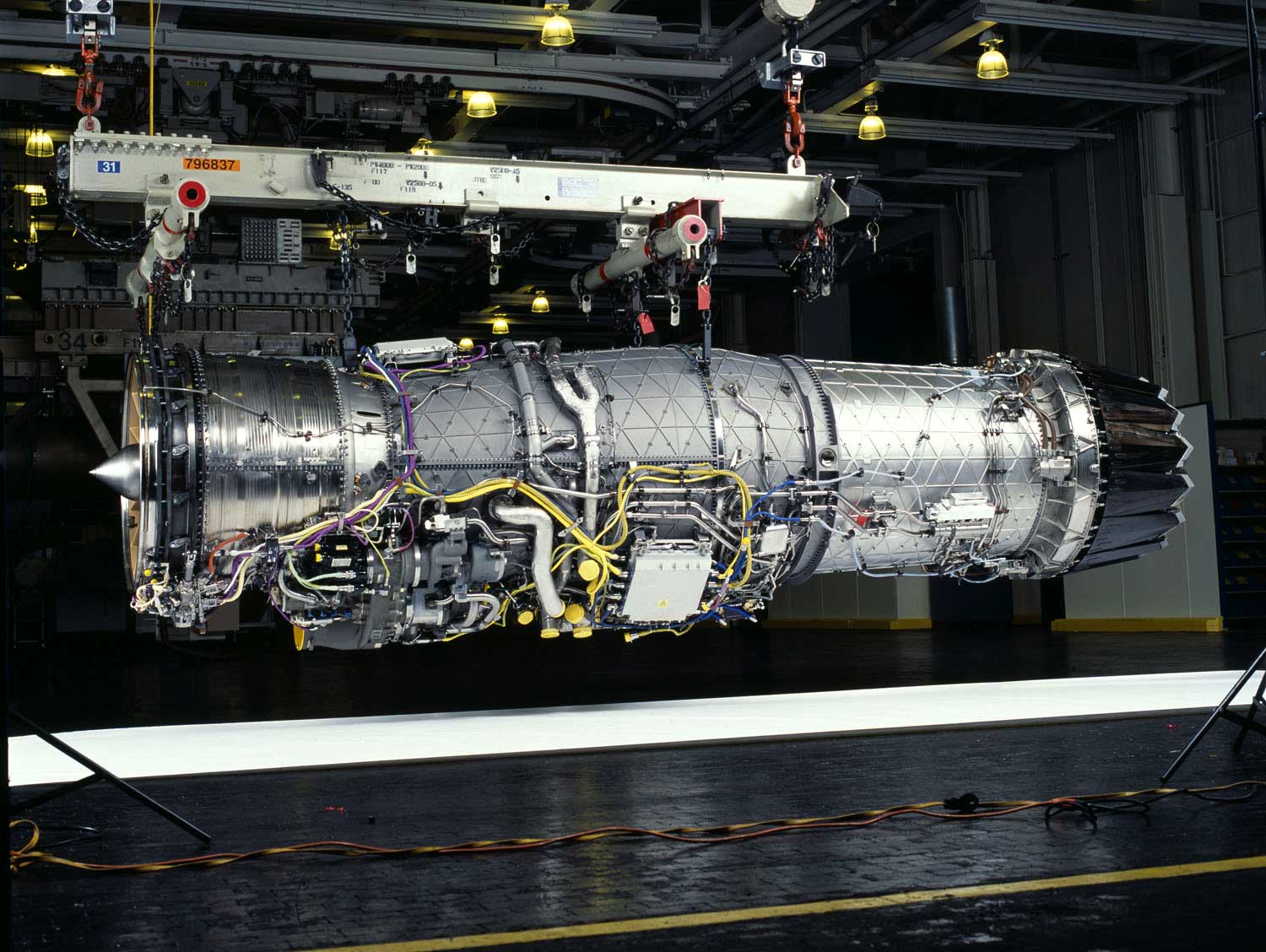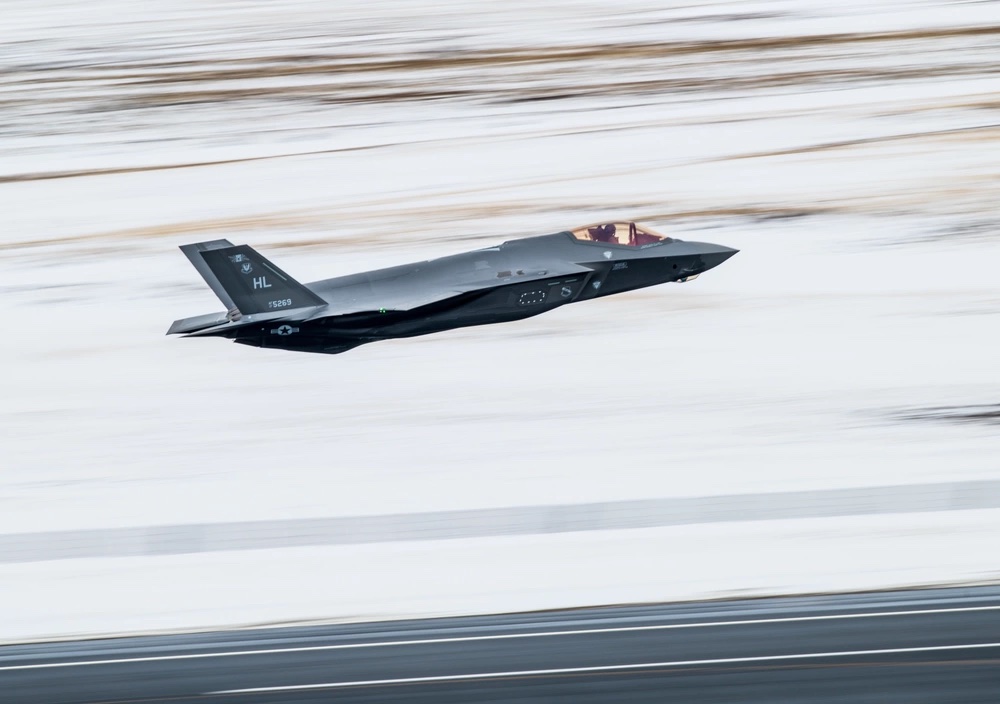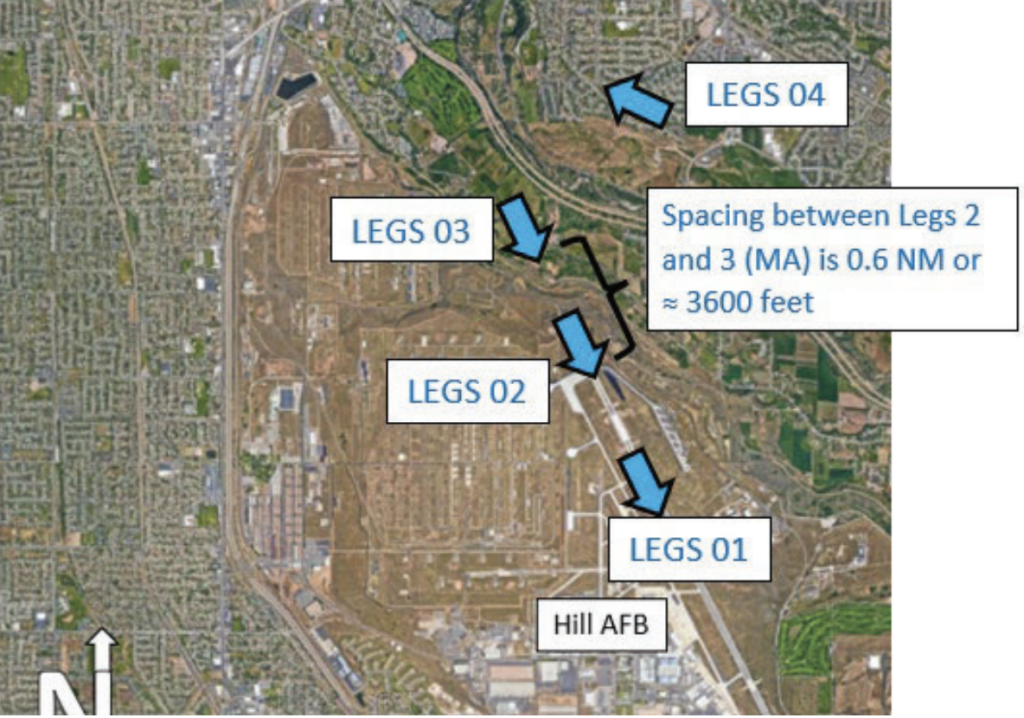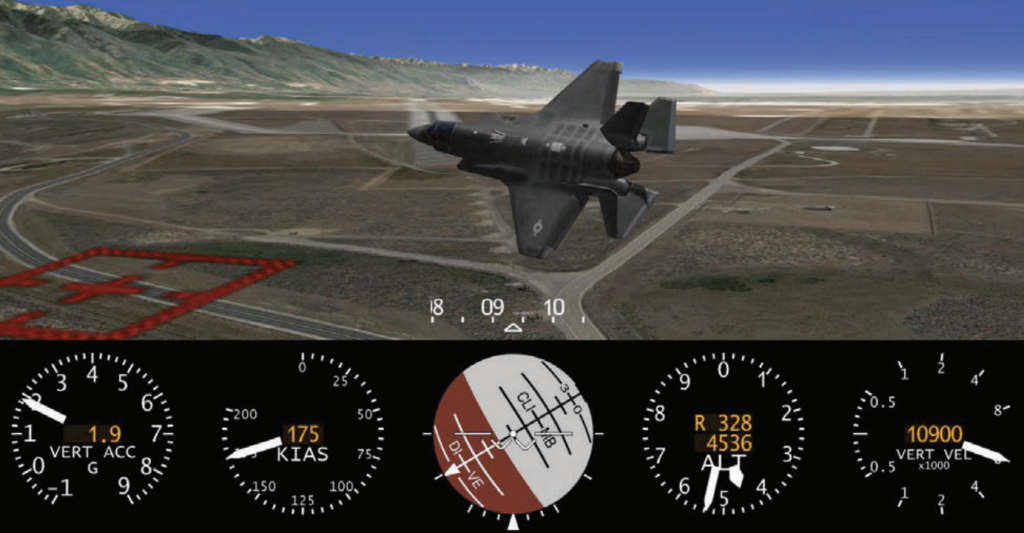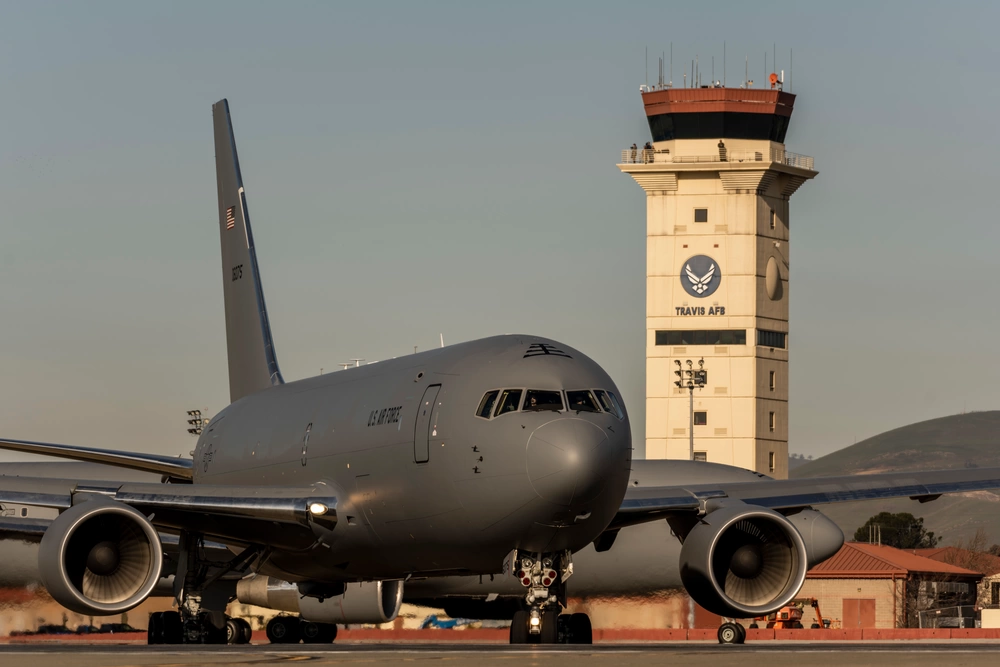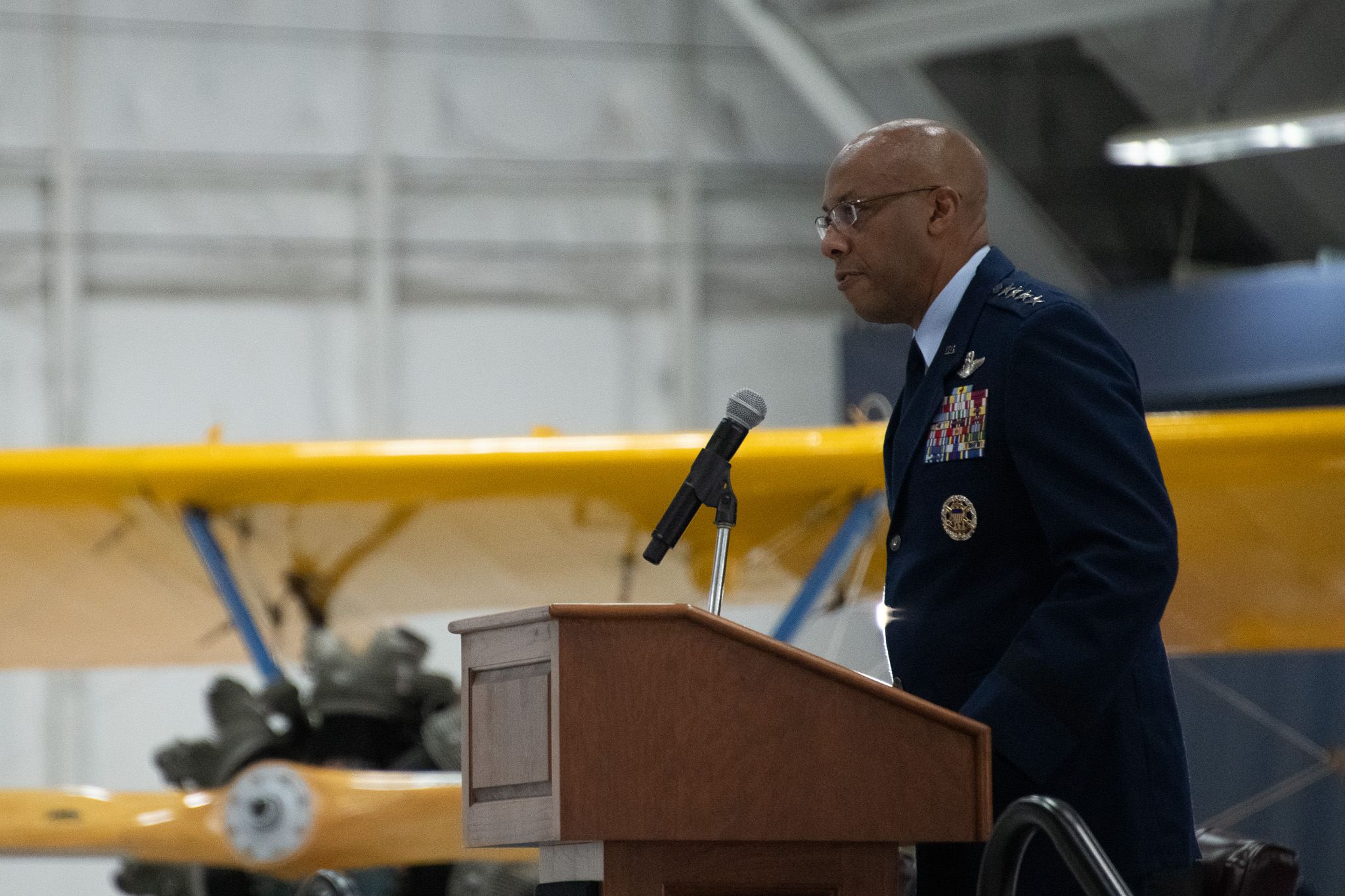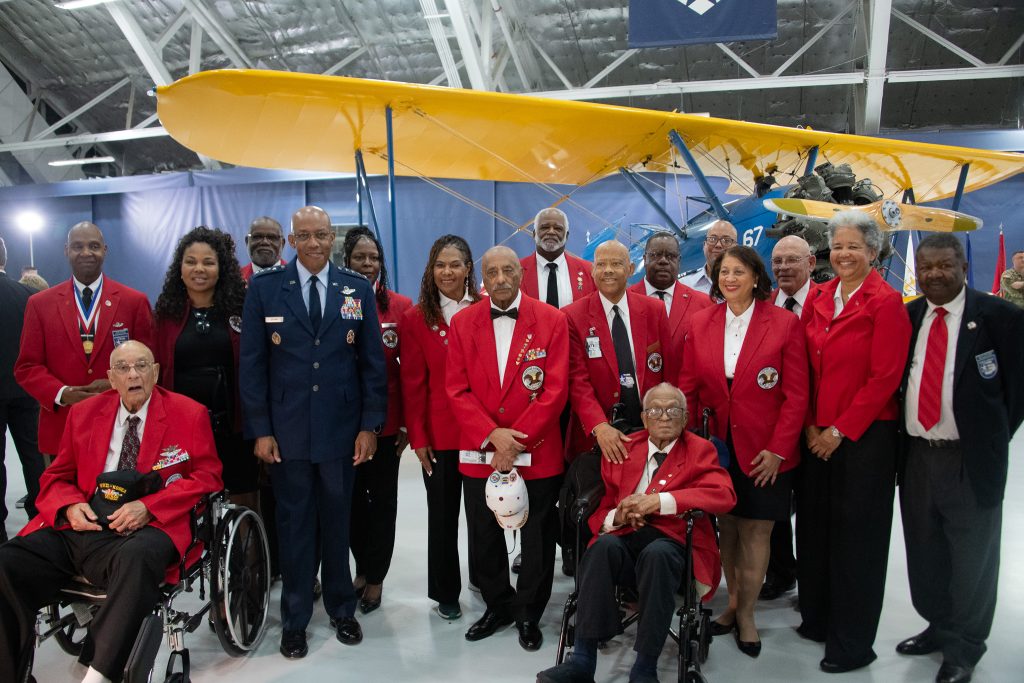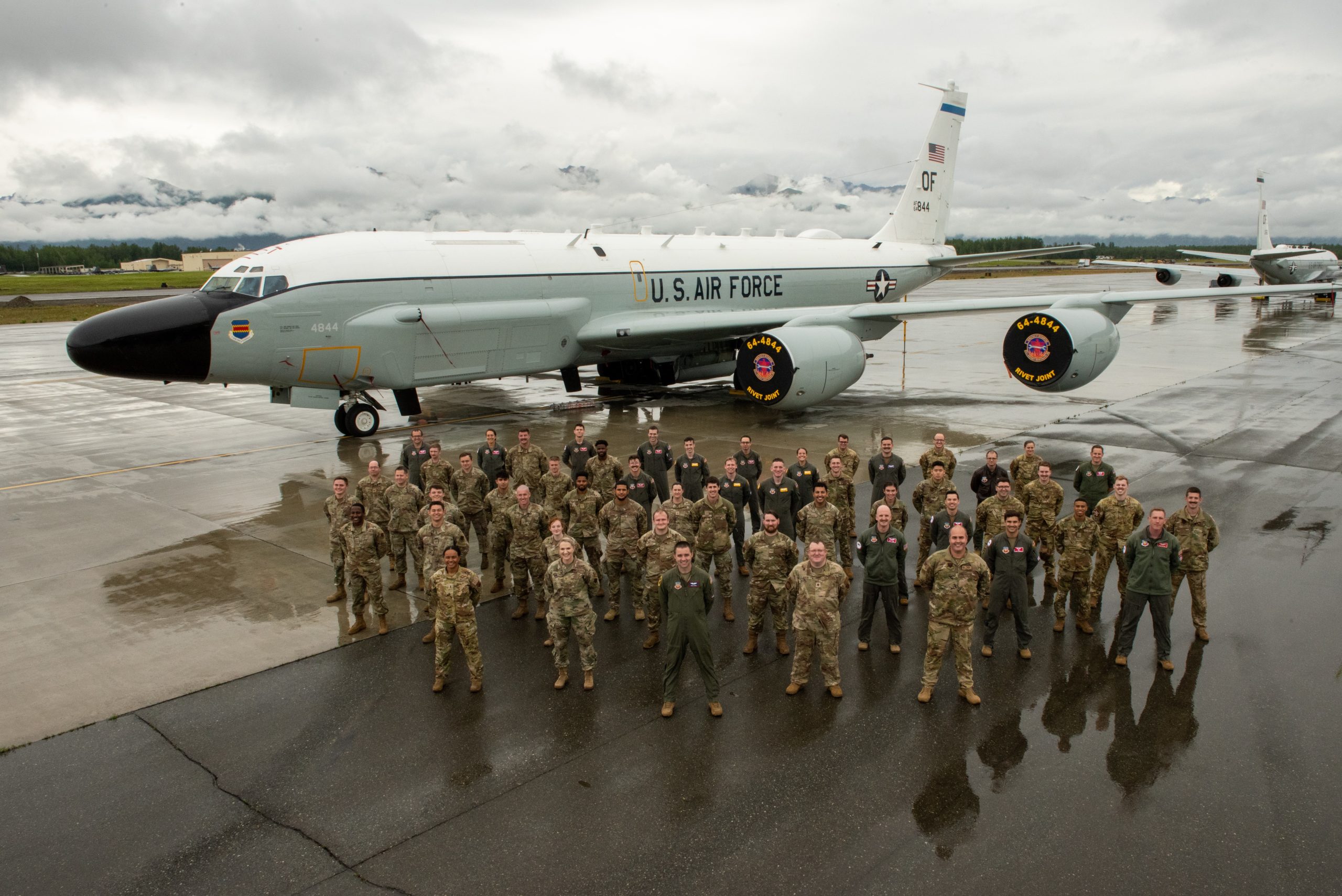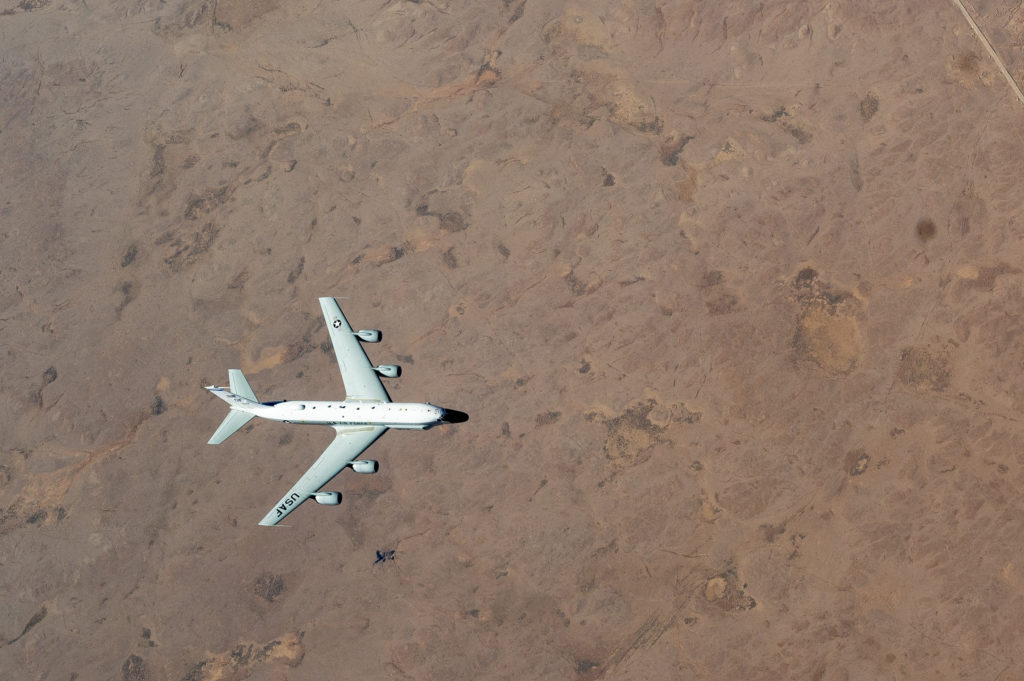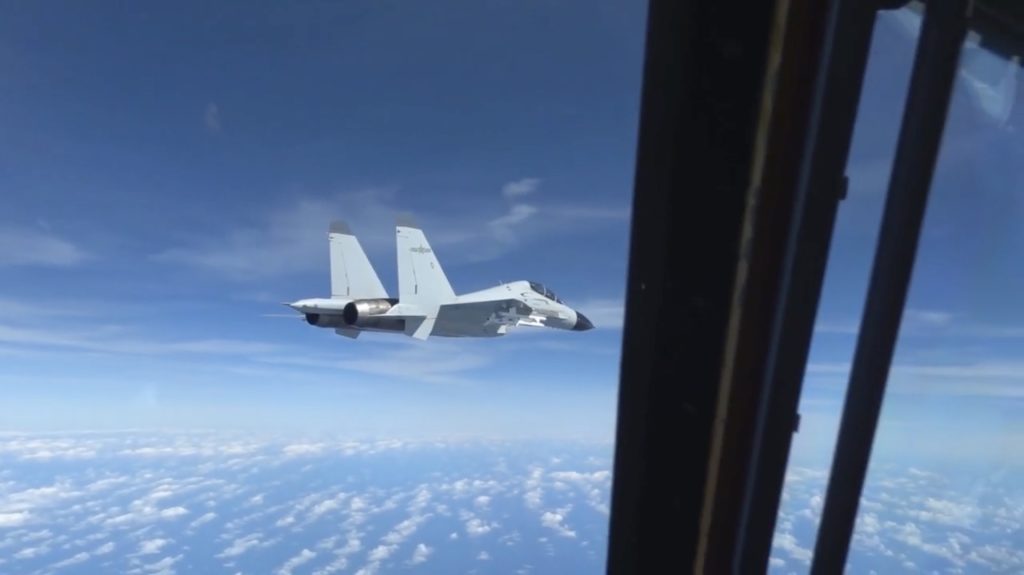DAYTON, Ohio—The Air Force’s approach to developing Collaborative Combat Aircraft—the uncrewed, autonomous drones to fly alongside manned aircraft—will “break the mold” of traditional acquisition and sustainment, Chief of Staff Gen. Charles Q. Brown Jr. said July 31.
For years, “we have just built and selected better versions of the aircraft we built before,” Brown said at the Air Force Life Cycle Management Center’s Industry Days conference. But CCAs will not follow a conventional life cycle with evolving requirements, development, deployment, and sustainment.
Developed as modular drones that can be configured with different sensors and weapons to supplement crewed fighter aircraft and complicate adversaries’ targeting challenges, CCAs are being developed in a whole new way. The program takes those stages and “mashes them together,” Brown said, pulling together operators, acquisition experts, and technologists to more rapidly develop new systems.
Through dialogue and collaboration, those experts can move away from the traditional model of developing “specific, detailed requirements, probably not informed by what was technically relevant or possible,” Brown said, and instead focus on delivering useful systems on an operationally-relevant timeline.
As Air Force Secretary Frank Kendall has emphasized, the aim is to deliver meaningful operational capability, and that requires the service to willingly “trade requirements for what is technically feasible,” Brown said, “making sure that in the end, the system we build has what it needs to prevail.”
“We must make this the standard across the Department of the Air Force—requirements being formed and developed by operational necessity and technological reality,” Brown added.
Such a shift in development may lead to other changes in the acquisition “life cycle.”
“Do you provide CCA only on operational missions and execute our flight training in high-fidelity simulators, or somewhere in between?” Brown asked. “Depending on the answer, we may require a whole different approach to maintenance and sustainment. Instead of executing traditional maintenance tasks to prepare a CCA for the next training flight, maintenance might be executing a diagnostic test and pushing software updates.”
Brown’s suggestion that CCAs may not fly for training purposes echoes previous comments from Maj. Gen. Scott R. Jobe, director of plans, programs, and requirements for Air Combat Command, who said in March that “some of these may not be flown until we unpack them for a combat mission.” In that sense, CCAs are more like armaments than weapons platforms.
With the emphasis on rapid development and modular systems, the balance between sustainment and research, development, test, and evaluation may change, Brown suggested—“spending money to develop a capability and less for maintenance and sustainment costs, or maybe a completely different life cycle model.”
That could mean USAF could design systems to support upgraded technology as it is developed. CCAs are probably too expensive to to be “attritable”—that is, expendable in a fight—but by focusing on rapid development over optimal hoped-for performance, Brown said he hopes to stimulate innovation.
Recalling the example Col. Paul Irvin “Pappy” Gunn, who modified A-20 Havoc aircraft in World War II to make them more formidable against the Japanese, Brown said Airmen must work with industry to identify innovative answers to unsolved problems—and for leaders to foster that innovation by being willing to accept reasonable risk.
